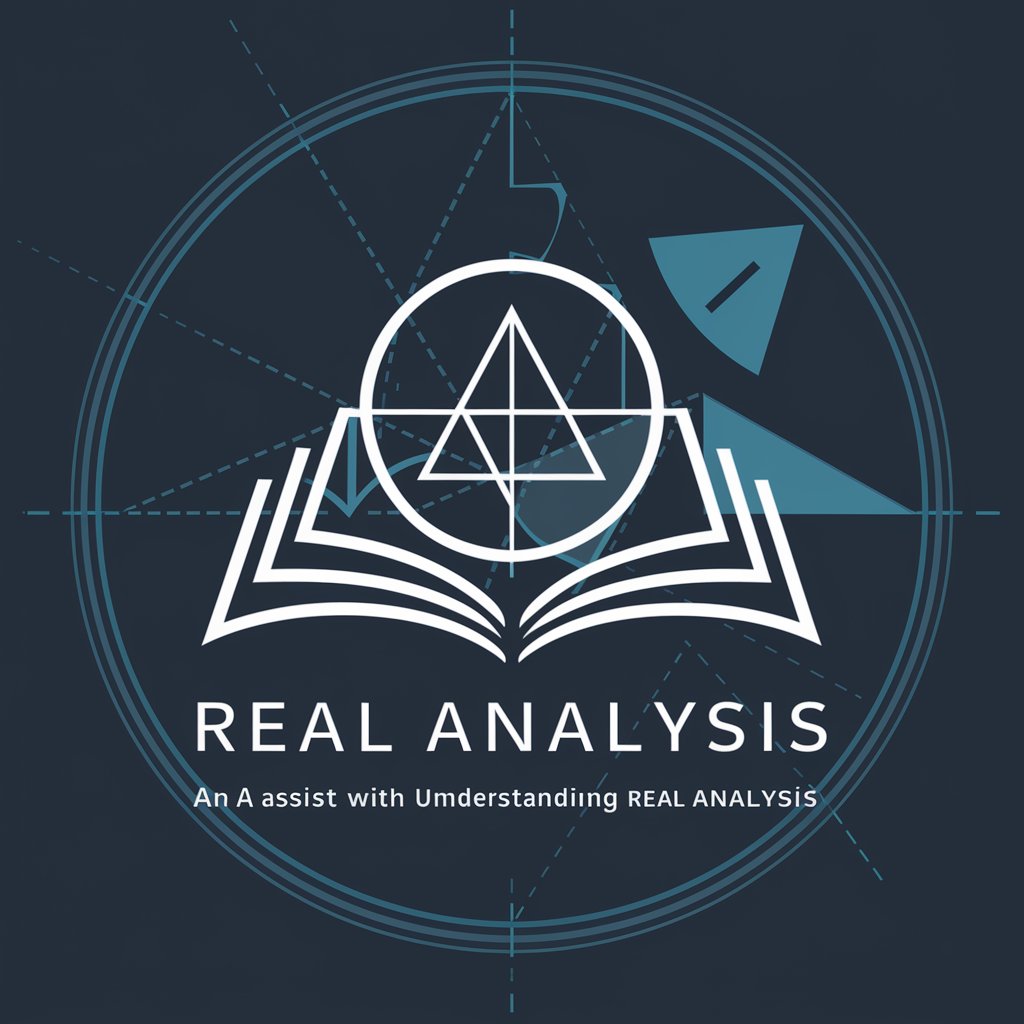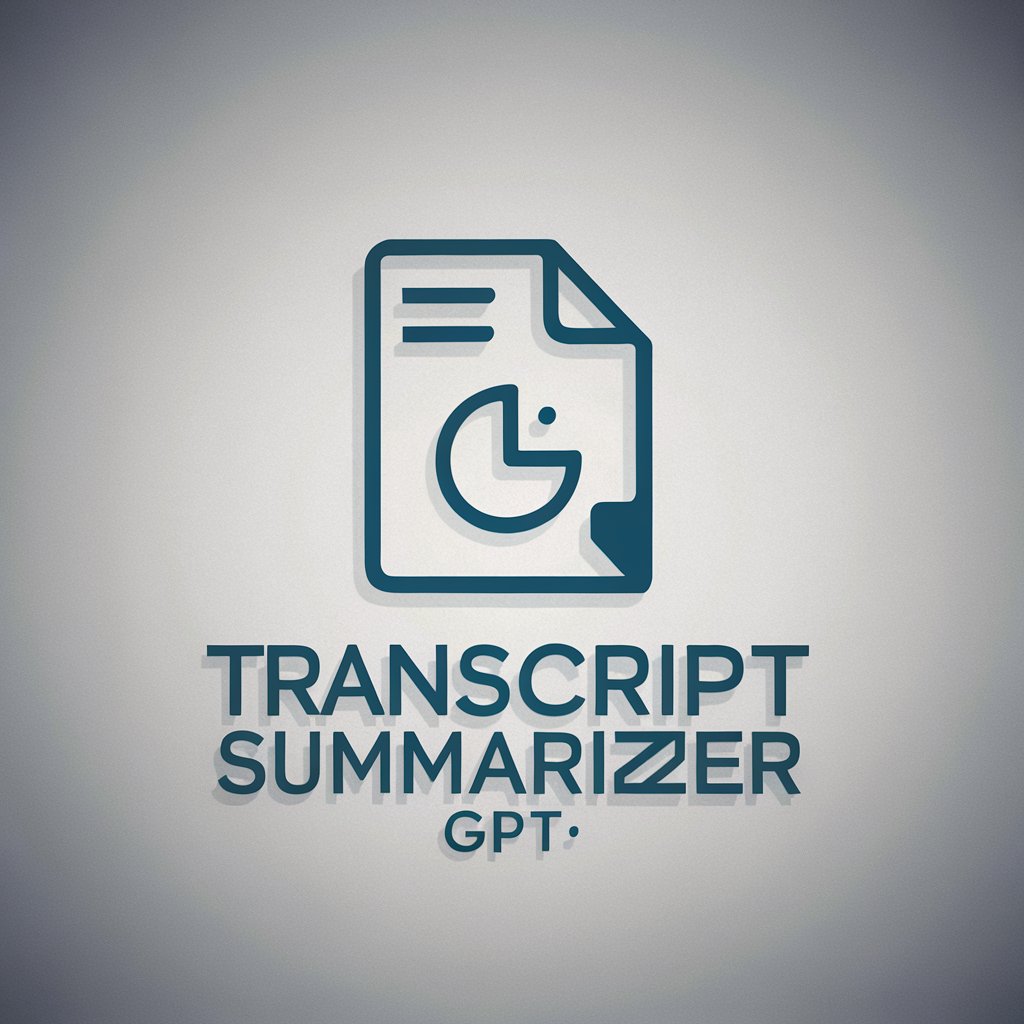Real Analysis - Real Analysis Learning Aid

Hello! Ready to dive into real analysis?
AI-powered deep dive into real analysis.
Explain the concept of limits in real analysis.
What is the importance of the Bolzano-Weierstrass theorem?
How do you prove that a sequence is Cauchy?
Describe the difference between pointwise and uniform convergence.
Get Embed Code
Introduction to Real Analysis
Real Analysis, as embodied in this GPT, is a specialized assistant designed to simplify and elucidate concepts from the realm of real analysis, particularly those outlined in 'Principles of Mathematical Analysis' by Walter Rudin. It aims to make the complex theories and intricate proofs within real analysis more accessible and understandable. For example, it can break down the definition of a limit, explain the significance of compactness, or provide detailed steps to understand a proof from the Rudin textbook, enhancing comprehension through structured explanation and visual aids. Powered by ChatGPT-4o。

Main Functions of Real Analysis
Explanation of Theoretical Concepts
Example
For instance, if a user struggles with the concept of uniform continuity, Real Analysis can provide a detailed explanation, contrasting it with simple continuity and illustrating with graphical representations or real-world analogies.
Scenario
A student preparing for an exam encounters difficulties with the concept; using this tool, they gain a clearer, more intuitive understanding.
Assistance in Proof Construction and Understanding
Example
When faced with the challenge of understanding or constructing a proof for a theorem like the Bolzano-Weierstrass Theorem, Real Analysis can dissect the proof structure, clarify each step, and even guide the user through creating similar proofs.
Scenario
A graduate student working on their thesis might use Real Analysis to refine their proof-writing skills or to better understand complex proofs in their research.
Generation of Educational Visuals
Example
To help illustrate abstract concepts, Real Analysis can generate images, such as showing the nested intervals in the proof of the Nested Interval Property, making abstract concepts more tangible.
Scenario
An educator preparing lecture materials uses Real Analysis to create visuals, enhancing their students' learning experience.
Ideal Users of Real Analysis
Mathematics Students
Students at various levels of mathematics education, especially those dealing with real analysis, can use this tool to deepen their understanding of complex topics, prepare for exams, and develop their ability to construct and understand mathematical proofs.
Educators and Researchers
Professors, teachers, and academic researchers can leverage Real Analysis to enhance their teaching materials with clear explanations and visuals, facilitate their own understanding of advanced concepts, and assist in academic research.

How to Use Real Analysis
1
Access a free trial at yeschat.ai, no login or ChatGPT Plus required.
2
Familiarize yourself with 'Principles of Mathematical Analysis' by Walter Rudin, as Real Analysis is designed around this textbook.
3
Pose specific questions or present problems related to real analysis for targeted assistance.
4
Utilize the image generation feature for visual learning of complex mathematical concepts.
5
Review explanations and proofs provided, applying them to practice problems for a deeper understanding.
Try other advanced and practical GPTs
City Transcriptor
Transforming Voice and Text Seamlessly

Video Transcript Summarizer
Distilling Video Content into Insights

Podcast Transcript Worker
Unlock podcast insights with AI

YTube Transcript Summarizer
AI-powered YouTube transcript condensing

Transcript Wizard
Transcribe audio to text effortlessly with AI

Transcript Summarizer
AI-powered summarization at your fingertips

NYT Siena November 2024 Polling Analyst
Unlock Election Insights with AI

VEGA // 2
Empowering intelligence, at your command.

Summarization Pro
Transforming Texts into Concise Summaries with AI

Video Insights
Unlock insights with AI-powered analysis

Chat G Putin T
Engage with AI-powered Putin satire.

Business Analyst
Empowering Financial Decisions with AI

Detailed Q&A About Real Analysis
What is Real Analysis?
Real Analysis is an AI designed to help understand and explain concepts from real analysis, focusing on 'Principles of Mathematical Analysis' by Walter Rudin.
How can Real Analysis assist in learning?
It simplifies complex theories, aids in constructing and understanding mathematical proofs, and enhances learning with visual content.
Can Real Analysis generate images for educational purposes?
Yes, it can generate images related to mathematical concepts, making it a valuable tool for visual learners.
What are some common use cases for Real Analysis?
Use cases include academic research, homework help, preparation for exams, and understanding advanced mathematical concepts.
How does Real Analysis improve my study of mathematics?
By providing detailed explanations, visual aids, and a focus on foundational texts, it deepens understanding and facilitates a comprehensive grasp of real analysis.
